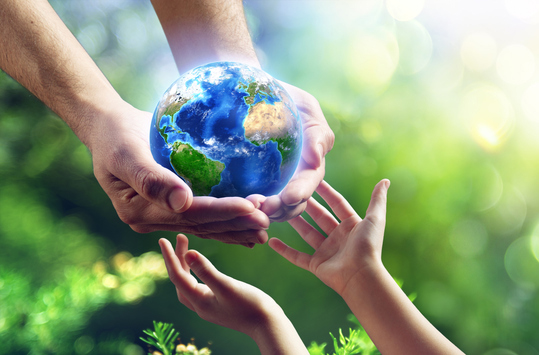Who Started Earth Day?
Elected to the U.S. Senate in 1962, Senator Gaylord Nelson, a Democrat from Wisconsin, was determined to convince the federal government that the planet was at risk. In 1969, Nelson, considered one of the leaders of the modern environmental movement, developed the idea for Earth Day after being inspired by the anti-Vietnam War “teach-ins” that were taking place on college campuses around the United States. According to Nelson, he envisioned a large-scale, grassroots environmental demonstration “to shake up the political establishment and force this issue onto the national agenda.”
Nelson announced the Earth Day concept at a conference in Seattle in the fall of 1969 and invited the entire nation to get involved. He later recalled:
“The wire services carried the story from coast to coast. The response was electric. It took off like gangbusters. Telegrams, letters and telephone inquiries poured in from all across the country. The American people finally had a forum to express its concern about what was happening to the land, rivers, lakes and air—and they did so with spectacular exuberance.”
Denis Hayes, a young activist who had served as student president at Stanford University, was selected as Earth Day’s national coordinator, and he worked with an army of student volunteers and several staff members from Nelson’s Senate office to organize the project. According to Nelson, “Earth Day worked because of the spontaneous response at the grassroots level. We had neither the time nor resources to organize 20 million demonstrators and the thousands of schools and local communities that participated. That was the remarkable thing about Earth Day. It organized itself.”

